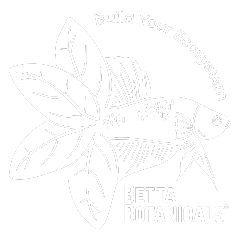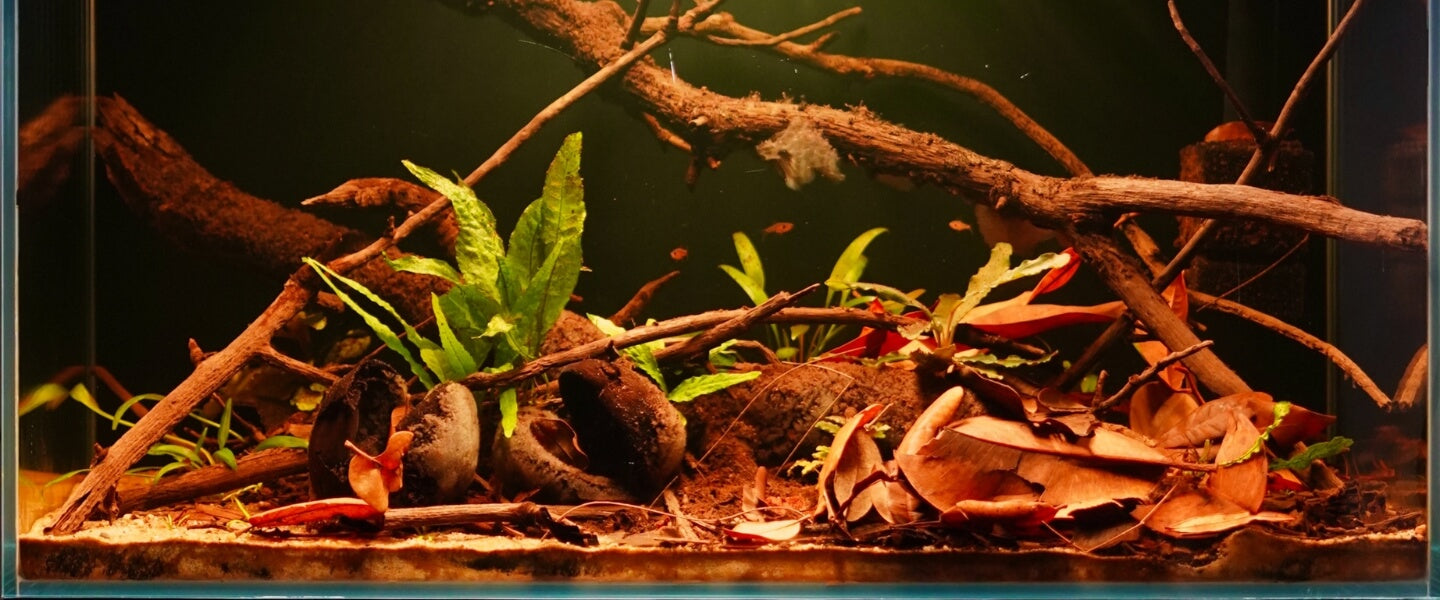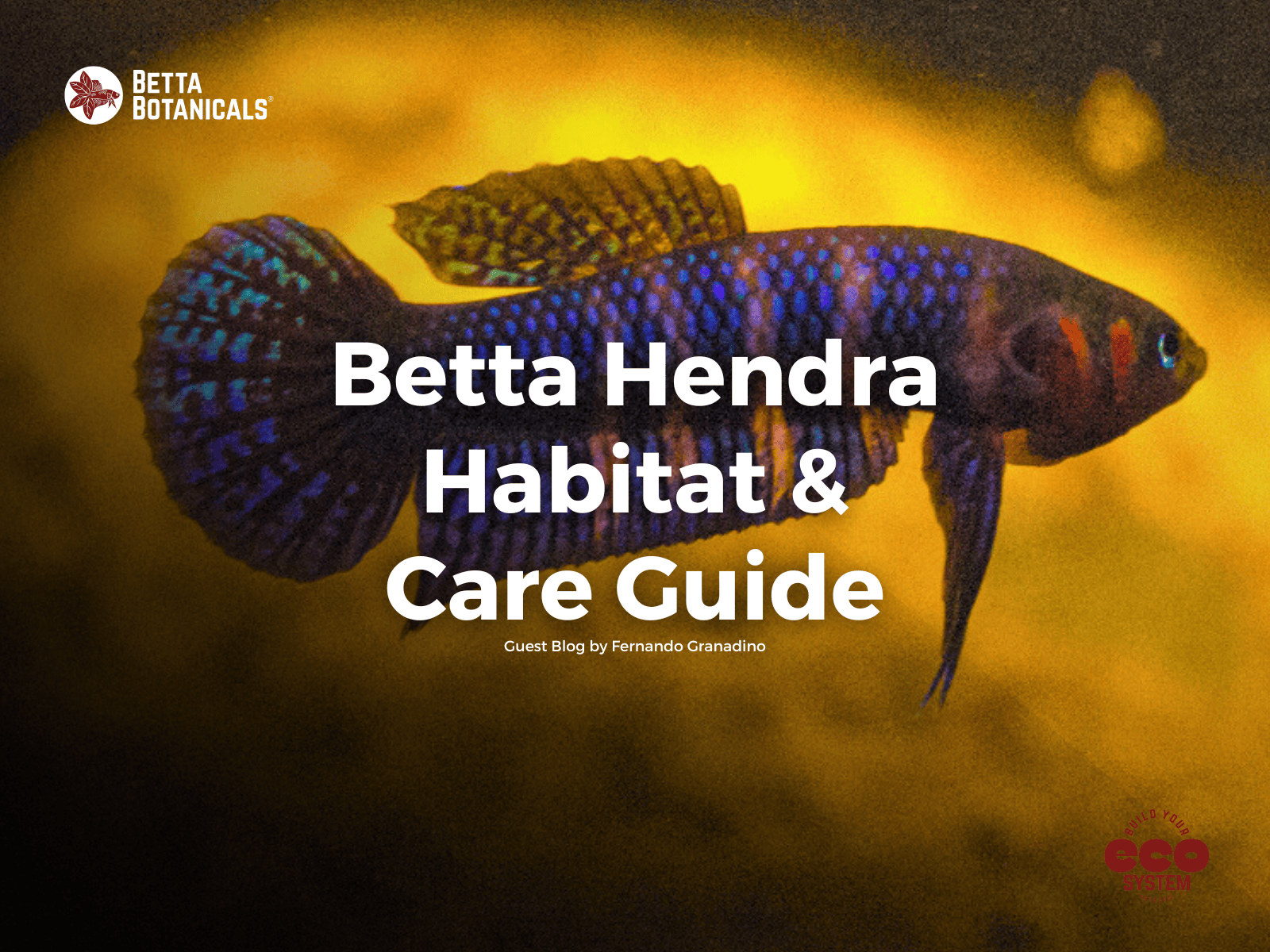What Are Biofilms and Are They Bad?
Biofilms come in all shapes and sizes; this aquatic fungus looks like snowballs!
What Are Biofilms and Why Do They Get A Bad Rap?
So, you have gotten your first botanical method aquarium all set up and filled with a variety of leaves, wood, and other botanicals from Betta Botanicals or self collected. Everything is going great; the cycle is starting, and the tint is starting to settle in. You are doing some weekly maintenance when you notice something weird on your botanicals. It almost looks like algae, but it also does not resemble any type of algae you have seen before. What you have likely discovered are the fascinating biofilms commonly found on new botanicals. You probably have encountered biofilms before in your life. It is on your teeth right now or in your shower, or those slippery rocks at the river. All of these are types of biofilms seen in everyday life.
Aquarium biofilms are a little different though, some have growths that look slimy/gooey or sometimes fuzzy. Most are a form of white, gray, or brown in nature. Now what really are these? Biofilms are colonial bacteria and/or other colonial organisms that start feeding off the sugars of the freshly added botanicals. Most of the time, the bacteria will create the initial structure on the new botanicals, and other things like protists and sometimes algae will build off the base of bacterial biofilms. Some organisms use biofilms for a food source, some use them as shelter, and they can even aid in biological filtration. Let’s get rolling on learning a little more about the fascinating world of our little colonial bacteria friends and why they are not the “ugly enemy” of a botanical method aquarium but instead a key component of the natural cycle.
Fresh botanicals are the perfect fuel source to the beginning of a personal ecosystem!
Understanding Biofilms: What Even is This Stuff?
Where did all these bacteria even come from in the first place? After all, boiling botanicals (which you should do before adding anything into a botanical method tank) should remove most things. Well, bacteria are a little different, many strains can withstand extreme conditions like freezing or boiling water. Spores of bacteria can go airborne and settle on our botanicals before they arrive to our aquatic enclosures. Once added into our tanks, these bacteria spring into action and begin colonizing the new habitat. I have noticed that certain biofilms seem to colonize certain botanicals more than others. Leaves tend to get more of a gelatinous growth around the petiole or leaf stem, same with lots of the softer cones (Casuarina/Alder/Birch), seed pods (Calotropis and Magnolia), and woods like Melastoma root. Fuzzier biofilms tend to pop up more on hardier seed pods and woods; the infamous Spiderwood fuzz is an example of a fuzzier biofilm.
Biofilms show up very quickly in aquariums (especially after adding new botanicals) and it can sometimes be alarming to turn on your lights to a tank full of goo and fuzz, but do not worry, the process is natural! This happens all the time in nature; we just do not see it that much due to a variety of reasons.
Are Biofilms Harmful to Your Aquarium Ecosystem?
Some of you might be ready to come after me about just leaving all of this “ugly” stuff growing in your tank. I will say that while it can be unsightly, I still challenge you to put down the algae scraper or that siphon hose. What about my aquarium inhabitants, you may ask? Well, there is a secret for you, biofilms will have no harm on your aquarium. Some animals like shrimp and snails even specialize in eating biofilms or the microorganisms that live in biofilms. Furthermore, just like in any new aquarium, it is always a good idea to do a few more frequent water exchanges in the beginning of establishing an ecosystem. I will do daily 10% water changes just to stay on top of potential excessive nutrients, but I leave the biofilms alone. Disturbing the biofilms can create a larger imbalance in your aquarium which can make your cycling process last longer or have unexpected fluctuations. I have also noticed if I mess with biofilms, the broken-up pieces will just be recolonized in another place in the aquarium. While biofilms may look scary and deadly, the reality is that they are just a step in the right direction of maintaining stability in your little ecosystem.
Some rapid growth can temporarily take over larger portions of hard-scapes or plants, but trust me they are only temporary in exponential growth. I cannot guarantee that biofilms will ever fully leave your tank, but they will be less in presence the more mature and stable an aquarium gets. Speaking of which, this is a time where a shift in thought processes needs to take place. A botanical method aquarium does not run like a gravel-bottomed plastic plant tank or a high-tech planted tank. No, this method takes a little more time to understand and learn the processes that nature takes in our little ecosystems. We must mentally move forward just as biofilms move forward.
The stringy beginnings of biofilms can be seen here hanging off this oak branch.
Embrace the Change: Adapting to Biofilms in Your Aquarium
There are a few fundamental things that you must learn before venturing into the world of botanical aquariums. First, as with any aquarium hobby, is to research! It is also a good idea to ask other people keeping botanical aquariums questions, you can rely on me for that. Betta Botanicals is a great resource of knowledge, and there are many people over on Instagram and Facebook. After you get some research and inspiration under your belt, you need to relearn how an aquarium works.

Biofilms really can soften the edges of elements to create a more natural look as well.
Botanical aquariums work differently than most aquariums. The cycling process is unique; there are blooms and goo. The blooms and goo are unavoidable; let them exist and carry out the processes we lay out for them to do. There will also be detritus and algae; resist the urge to remove these. Algae is a bit less serious and can be removed more thoroughly, but you should not mess with the substrate/detritus layer. This is the foundation of your ecosystem; you wouldn’t remove the foundation of a skyscraper, would you? Many things rely on this layer for food, biological processing, or even shelter. Let it be, and your aquarium can be one of the most stable and low-maintenance aquariums you have set up.
Leave Detritus Alone: The Role of Detritus in Aquariums
Detritus is different from waste buildup; detritus is broken-down botanicals and usually has little impact on water quality. One of the biggest misconceptions about a botanical method aquarium is that the aquariums are dirty and messy with all that detritus and stained water. Detritus is not the evil monster that has been preached about for decades. Organic waste buildup in the form of uneaten food, dead fish, and fish poop is an issue in aquariums. Those elements will alter the water quality by being nitrate and possibly ammonia sources, but broken-down wood and botanicals have little to no impact. This is because detritus from botanicals is just broken-down elements of already dead leaves, seed pods, and wood. Most, if not all the natural sugars were released from the leaf before the botanicals fell off the plant of origin. Now, yes, some botanicals can hold onto more sugars and carbohydrates, which is why some botanicals and woods get bigger blooms than others. Some botanicals also break down faster than others and thus create more detritus for you. I think that is the best part of botanicals; the look is ever evolving and adding to your ecosystems.

Biofilms really can soften the edges of elements to create a more natural look as well.
Detritus is the home of numerous bacteria and microfauna; it is also a place where more forms of biological filtration take place, so once again. Let the detritus be; it really is not doing your aquarium any harm. It may not look appealing to some, but it has a larger, foundational, role in solidifying your botanical aquariums.
Timelines for The Goo Phase: Understanding Biofilm Growth
Aside from all the background information and deep dive into biofilms and detritus, I thought I would explain a little more on the physical timeline of "The Goo." I do have to preface that every aquarium is unique, and this is just a generalized timeline I have noticed in my time with botanical aquariums. Upon submersion, botanicals will recruit a layer of founding bacteria that usually goes unseen; these first species eat at the new trace amounts of carbohydrates. A base network of bacteria acts as the building blocks for other bacteria, aquatic fungi, or microfauna to build up. This is the beginning of "The Goo". From this point on the biofilms experience exponential growth due to all the new available food sources. A week to 10 days into submersion, most biofilms can start to reach their peak of growth. After which you may notice some biofilms reduce in size. The "haze" from free-swimming bacteria is usually all settled, and water clarity increases. Some tanks can even see nitrates reduce a great amount around week two due to the massive surface areas for bacteria to colonize.
Generally, the cycle is shorter, and the accumulation of nitrates is less with botanical aquariums given proper filtration or water flow and regular maintenance. Around the month period, most biofilms are unnoticed, and many of the large spikes in growth are absent. Do not be surprised though when you refresh some botanicals that you get a mini spike of biofilms. This goo phase or bloom of biofilms will be much less noticeable than the initial bloom and goo. Most of the time the secondary burst lasts a few days to a week. Some biofilms like aquatic fungi or slime molds last longer than others; both tend to occur indefinitely and bloom/bust when conditions are favorable.
Having patience for "The Goo" is the most important part of new botanical aquariums; keep them around, and you can also be rewarded with healthier fish.

Biofilms' complex matrix makes it a prime refuge for small crustaceans and other microfauna to breed, feed, and colonize. This process of microfauna to colonize biofilms can make biofilms almost a food source for aquarium livestock. Shrimp and snails will graze on biofilms, eating away the physical biofilms plus any algae that colonizes within the matrix as well as any microfauna that rides along the biofilms. Many of the so-called detritivore fishes eat macro-faunal life living in biofilms as opposed to eating physical algae or biofilms. Many of the hill stream gobies and loaches get most of their protein from microfauna found in algae/biofilms. Lots of other aquarium fish will pick biofilms for the macro-faunal community.
Biofilms provide an amazing source of supplemental food for aquarium fishes. Fry of fishes also seem to have greater survival rates in botanical aquariums where the biofilms provide cover and sources of microscopic foods to graze upon. The biofilms will also aid in biological filtration, which improves overall stability. Having a matrix of biofilms further increases the surface area of bacterial concentration, which is another reason nitrates are rarely an issue in botanical method aquariums. The combination of biofilms, detritus layers, and numerous botanical surfaces makes your whole aquarium almost like a massive living filter. The matrix of biofilms, detritus, and microfauna serves as the foundation for your aquarium.
Potential Disastrous Consequences and How to Avoid Them
I could not write this article without mentioning the very rare but ever so possible conditions where something goes wrong and very wrong. It is a very rare case that you add too many botanicals... and conflict strikes. There are three main examples of this occurring from what I have heard happening. The first is adding in way too many botanicals to an immature tank; this will overload the system and cause crazy amounts of bacteria to grow. Biofilms will explode, and regaining stability will be much harder than going slow with botanical addition. Usually 2-5 leaves/a seed pod or two per 5 gallons is my recommendation.
Next is when tons of botanicals get added to a tank with fish present; this is one of the most common cases of disasters with botanicals. Bacteria consume oxygen when they take in the carbohydrates from fresh botanicals; this combined with poor water circulation and maintenance can cut off oxygen levels enough to kill off livestock. But this is easily avoided with proper equipment, regular maintenance, and slowly adding in botanicals, especially when livestock is present.
Lastly is when contaminated botanicals get added. This is the biggest risk of trying out new botanicals that have not been tested in aquariums, coming from reputable sources, or when you collect your own botanicals. Many botanicals from stores or related to craft products get sprayed with preservative chemicals that can be deadly to livestock. Some plant species also possess certain toxic compounds that, once added to water, can kill off livestock. So, do your research! The final thing I can say is to test out botanicals you are uncertain about with pest snails and/or feeder guppies to prevent deaths of more expensive aquarium livestock.
A unique metallic shine was found on this biofilm.
About the Author: Meet Calvin Darling, a Botanical Aquarium Enthusiast
About Me: Hello blog readers, my name is Calvin Darling, and I am a member of the #TanninBae Ambassador program with Betta Botanicals. I have been keeping aquariums since I was 4 years old but have been keeping botanical method aquariums for the past three years. I specialize in biotope-inspired aquariums with an emphasis on inconspicuously colored fish and uncommonly kept livestock as well as root tangle scapes. My go-to botanicals must be Live oak, Shingle oak, Mokha pods, Parviflora pods, and Melastoma roots.













Inspire your friends:
Setting Up An Aquarium | Research, Inspiration, Life & Death
Bioactive Vivarium Build Guide for Pacific Tree Frogs - Part 1
1 comment
What a great article, extremely interesting and educational and for those of us who love blackwater aquariums it is almost like a bible or a guide, thank you very much for taking the time to write it.